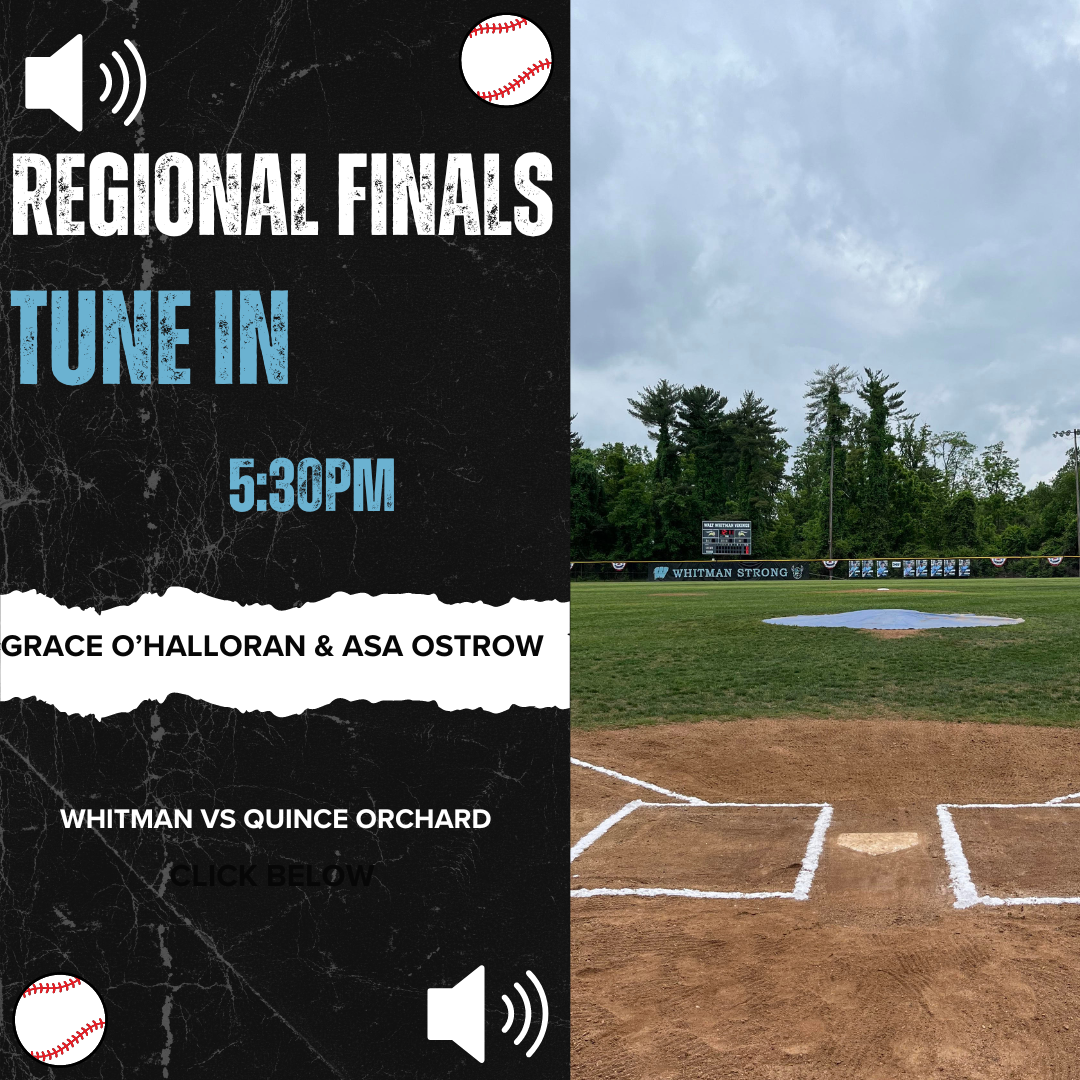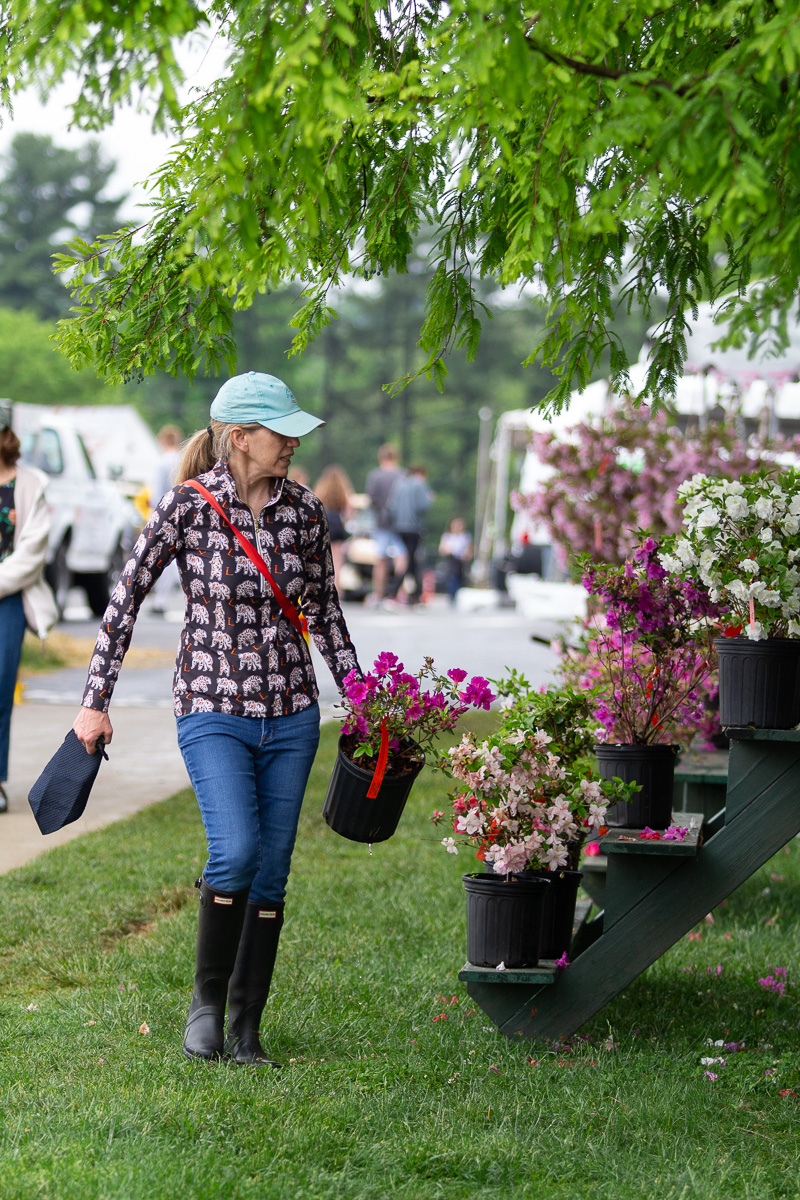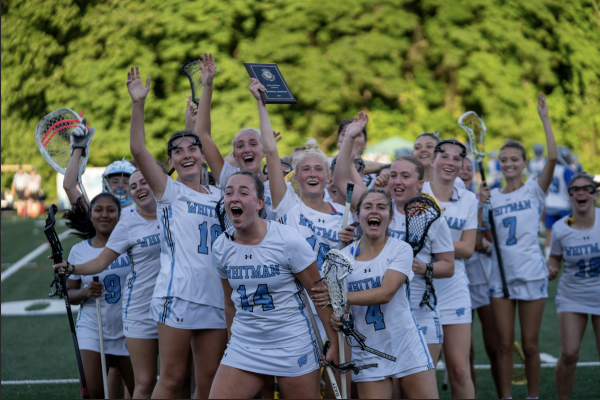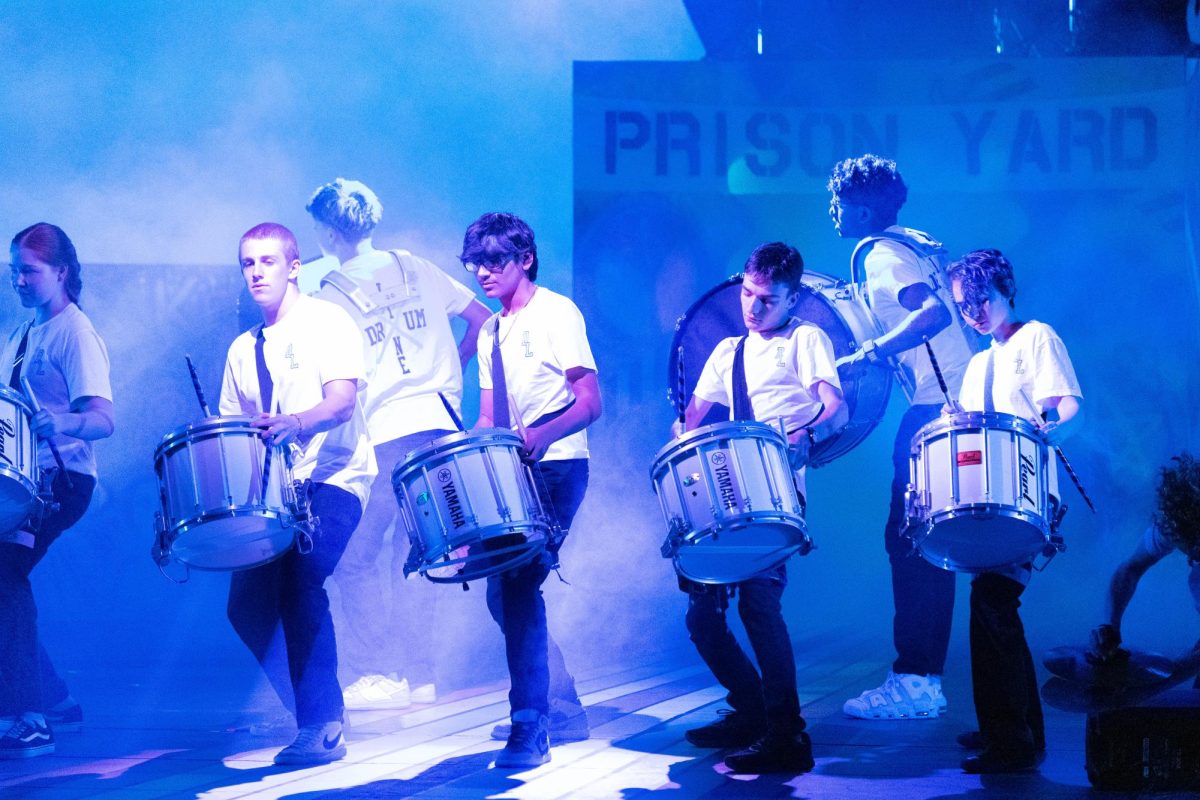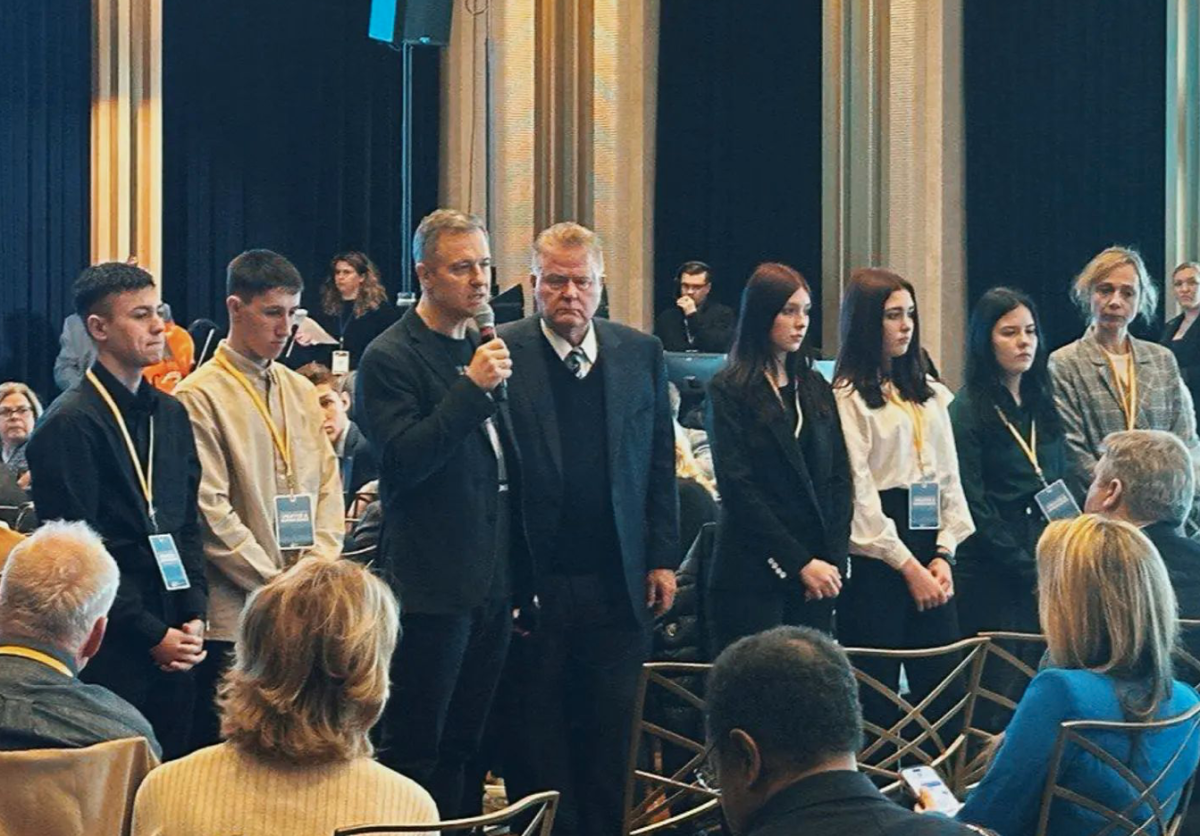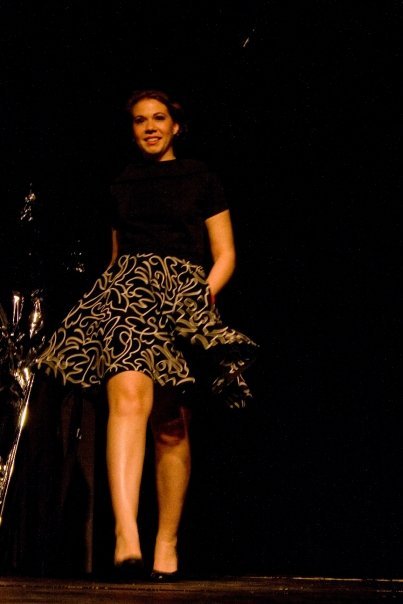
Instead of the typical harried college students in hoodies toting textbooks, you’re more likely to see students sitting in the grass serenely sketching scenery or carrying giant canvasses to class.
Students at art school experience college life in a different way than students at traditional universities.
Madeline Gruen (’09), a Pratt Institute freshman majoring in fashion design, made waves with her work in the fashion society. She provided the highlight of last year’s show when she asked her boyfriend to prom by stitching “Prom Paul?” on the back of her dress.
Gruen takes two academic classes, English and art history, along with classes for fashion design: fashion survey, fashion fundamentals, fashion sketching, textiles, light color and design and fashion techniques. In these classes, she gets to work hands-on with fabric and materials.
“In one class we had to go to the fashion district and match fabric swatches to a color wheel perfectly,” Gruen says. “In textiles, we unraveled silk worms and had to do a quilting project using alpaca fur.”
Homework for these classes involves sketching figures and designing collections inspired by pictures from magazines.
“There is a lot more homework than you’d think, but it all depends on how much effort you put into what you’re drawing or sewing,” Gruen explains.
But the differences between art schools and conventional universities start way before classes begin.
Art school applications differ significantly from applications to conventional universities. SAT scores and teacher recommendations are still required, but admissions’ officials stress the importance of students’ artwork portfolios, rather than their academic records.
The average art school application calls for 10 to 20 examples of student work, submitted on either slides, digital prints or online. These pieces reflect the student’s original ideas as well as teacher-generated techniques.
Art teacher Jean Diamond says that building a portfolio can be a grueling task for students.
“Some people will build their portfolios over the course of high school and edit what they want to include at the end,” she explains. “For some, the process is stress-free; for others, teachers have to intervene and direct them.”
Gruen remembers going through the intense process of building a portfolio and applying to Pratt.
“In order to apply for college I had to not only take classes at Whitman, but also outside classes in the Yellow Barn to build my portfolio and get a second art teacher’s opinion and teaching style,” Gruen says.
Performing art schools, on the other hand, focus more on a student’s audition, which plays a significant role in the application process.
Senior Maryam Kheirbek participated in the classical showcase at Whitman and accompanies women’s ensemble on piano, in addition to performing at Carnegie and in numerous other competitive summer camps and international competitions. She plans to apply to many performing arts schools.
Kheirbek has been playing piano for 10 years, and practices every day for four to five hours in preparation for the auditions.
Many of the more selective schools require a pre-screening, which is a recording of a student’s music. If the music passes the pre-screening, the school will invite the student back for a live audition.
“The auditions can be really drawn-out,” Kheirbek says.
Art schools don’t offer early decision, which can be inconvenient for prospective students.
“You’re not done at the beginning of senior year,” Kheirbek says. “You have to work until the end.”
Applications may be difficult, but students say that it’s worth the while to be able to do something that they love.
Gruen hopes that she will be able to work in the fashion industry after graduation, working towards the dream of owning her own boutique. But for now she’s content just studying her craft at college.
“I love waking up and getting my sewing box and my muslin,” Gruen says. “This school is the only place I could see myself being at right now.”



